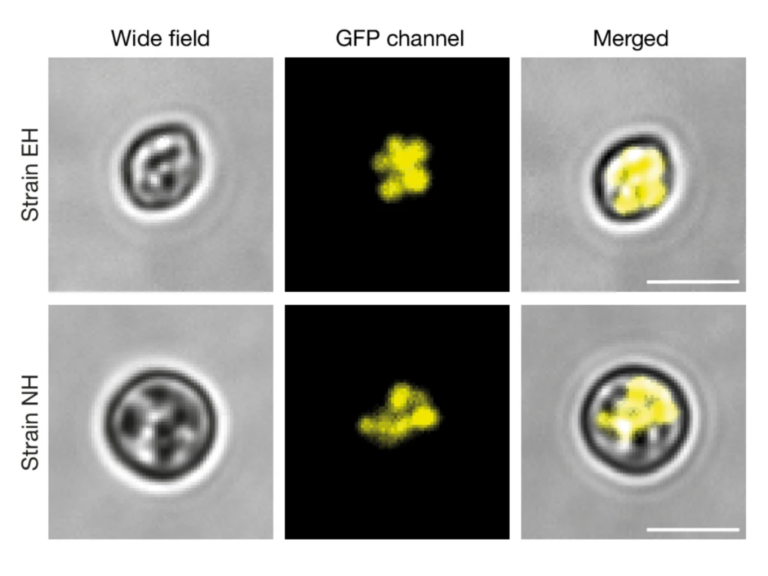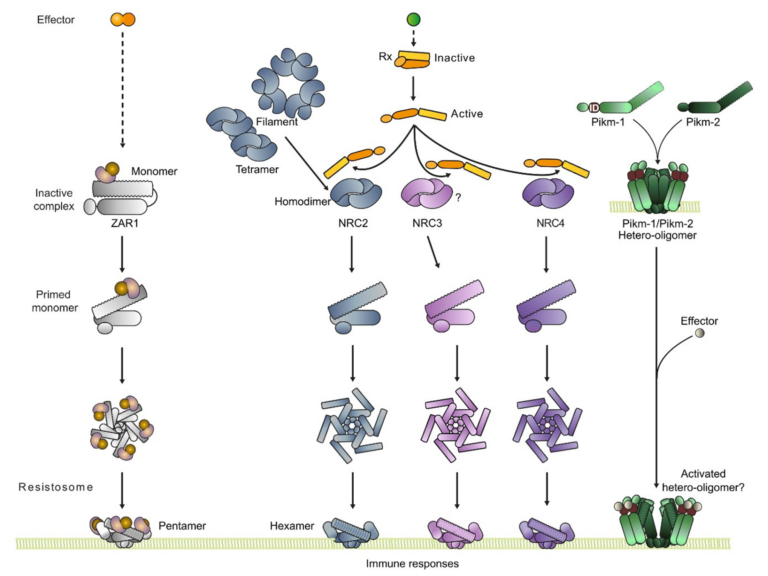Clathrin-mediated Endocytosis Facilitates Internalization of Magnaporthe oryzae Effectors into Rice Cells
Many filamentous eukaryotic plant pathogens, such as fungi and oomycetes, deliver effectors into living plant cells to suppress defenses and control plant processes needed for infection. To date, little is known about the mechanism by which these pathogens translocate effector proteins across the plasma membrane into the plant cytoplasm. The blast fungus Magnaporthe oryzae secretes cytoplasmic effectors into a specialized biotrophic interfacial complex (BIC) before translocation. Here we show that cytoplasmic effectors within BICs are packaged into dynamic vesicles that can occasionally be found separated from BICs in the host cytoplasm. Live cell imaging with fluorescently-labelled rice lines, showed that BICs are enriched in plant plasma membrane, actin, and Clathrin Light Chain-1, a marker for clathrin-mediated endocytosis (CME). We report that a novel cytoplasmic effector, Bas83, labels empty membrane vesicles surrounding BICs. Inhibition of CME using VIGS and chemical treatments results in a distinctive swollen BIC phenotype lacking effector vesicles. In contrast, fluorescent marker co-localization, VIGS and chemical inhibitor studies failed to implicate clathrin-independent endocytosis in effector vesicle formation. Taken together, this study provides evidence that cytoplasmic effector translocation is mediated by clathrin-mediated endocytosis in BICs and suggests a role for M. oryzae effectors in co-opting plant endocytosis.


